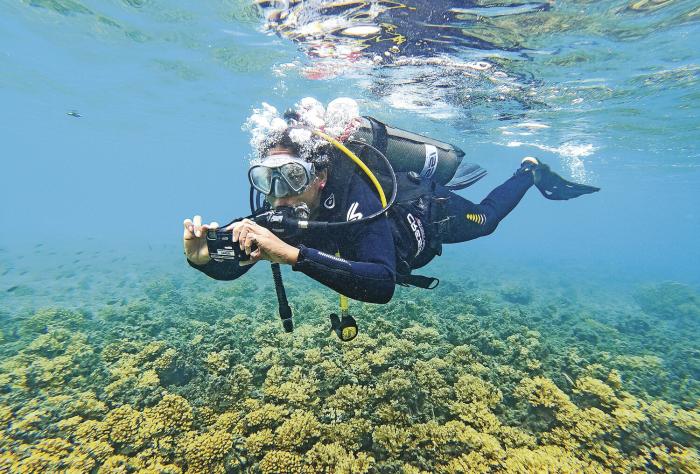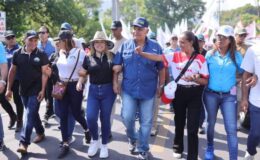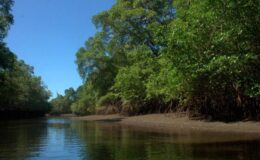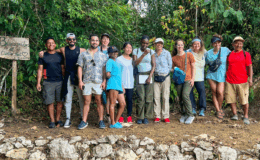On several of the beaches of the Coiba National Park, the presence of linear rock structures that long ago were used to catch fish and other marine species stands out. They are fishing corrals with a lot of history, presumably pre-Hispanic, a theory that seeks to confirm the Arqueomar Coiba scientific project.
We are talking about an underwater archeology study that will also investigate other mysteries of the archipelago’s deep past, such as navigation methods and tools and the interactions of the island’s inhabitants, long before colonization.
Arqueomar Coiba has been developed since 2022 with the support of the Vice-Rector for Research and Postgraduate Studies of the University of Panama and the Coiba AIP Scientific Station, a center that is part of the research ecosystem of the National Secretariat of Science, Technology and Innovation (Senacyt ), and recently the team of researchers behind the project (Abner Alberda, Rita Ramos, Carlos Micó Tonda, Judith Ramos and Luis Mora) returned from 10 days of field work, where they took data and samples in Jicarita, Ranchería and Coiba that yield the first glimpses of information and answers.

the corrals
The researchers visited the remnants of 10 fishing pens, the majority (9) on Coiba Island. As common features, the pens consist of barriers from 1.5 to 3 meters wide built with rocks, one on top of the other; They drew a circular shape and, apparently, must have been located at the ends of the beaches. Some registered extensions of about 60 meters and others exceeded 200 meters.
“We are determining their shapes, sizes, rock types, level of conservation… Some of the pens are completely underwater at both high and low tide, while others are on what is now dry land. This means that due to changes in the coastline, these corrals ceased to be functional. Precisely the study of the changes in the coastline on the islands, to determine when these corrals were useful for fishing, is what can help us establish the age of these corrals and confirm whether they are pre-Hispanic or not”, Abner details. Alberda, underwater archaeologist and leader of Arqueomar Coiba.

Regarding the operation of the pens, Rita Ramos, another of the members of the investigation, explains that with the rise of the tide, the fish, crustaceans, etc. they entered the corral and ended up trapped by the rocks when the water level dropped, making it easier to catch them.
One of the pens investigated, continues Ramos, presented a particularity: a narrow channel in the middle of its structure through which, once the tide went out, a water escape current was formed that attracted the fish to the same point to be caught with a basket or net.
The Pearl Islands and the Pacific coast of Veraguas are other points in Panama where rock pens are also known to have been used as a fishing technique.

The navegation
Regarding Arqueomar Coiba’s focus on navigation and the interactions of the inhabitants of the islands, Alberda shares that during the recent phase of field exploration they found multiple evidence on land and water, especially samples of ancient ceramics. “We are interested between the years 500 and 1000 AD and the samples we found are signs that there was movement between the islands, which indicates that, to do so, they had to use some type of ship, either to fish, to trade or just to get around,” points out Alberda, also a former Senacyt grantee.
The plan is to collect the data from the samples found to try to determine, for example, the distribution of the sites with archaeological value in the Coiba National Park and to know the characteristics of the boats and the technology they used to navigate, details Alberda. , the first Panamanian researcher to specialize in studies of underwater archaeology, a scientific discipline that studies elements under water or that are related to bodies of water.
Once the fieldwork phase is over, Arqueomar Coiba will move forward with the laboratory analysis of all the samples and the information collected to, later on, publish the results and see the possibility of expanding the research with more funds.




No Comments